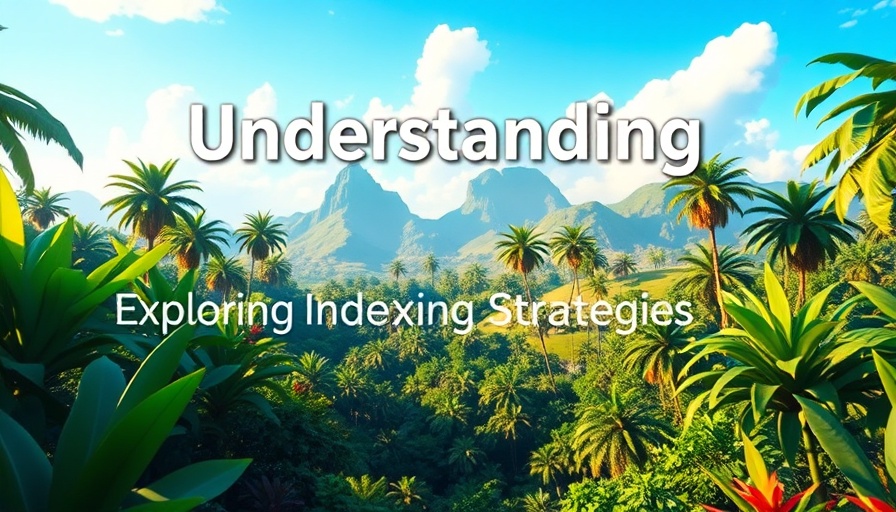
Unlocking the Power of Vector Databases in RAG Systems
In the ever-evolving landscape of digital transformation, the integration of retrieval-augmented generation (RAG) systems with vector databases is revolutionizing how businesses retrieve and utilize information. For executives in fast-growing companies, understanding the mechanisms of these technologies can drive strategic decisions, leading to enhanced operational efficiencies and improved customer interactions.
What Are Vector Databases?
Vector databases are specialized systems designed to store and retrieve data in high-dimensional vector formats. Unlike traditional databases that rely on exact matches from structured data, vector databases allow businesses to engage in semantic searches, where the focus lies on the meaning behind the data rather than specific keywords. This capability is essential in providing accurate responses derived from customer queries, particularly in environments where the nuance of language can significantly impact outcome.
The Importance of Indexing Strategies
Efficient retrieval in RAG systems hinges on advanced indexing strategies tailored to optimize speed and accuracy. Executives should recognize that indexing is akin to a well-organized library system. Techniques such as Hierarchical Navigable Small World (HNSW) and Inverted File Index (IVF) significantly enhance search capabilities. HNSW organizes data into layers, allowing for rapid access to relevant information, while IVF clusters data points, making searches more efficient.
Real-World Applications of Vector Databases and RAG
The practical implications of integrating vector databases into RAG systems are vividly seen in various sectors. For instance, customer support teams benefit profoundly as RAG-powered systems can quickly uncover pertinent troubleshooting guides, even when queries are phrased differently from their original terms. One exemplary case is a tech company that transformed its support resolution times by integrating a semantic search system, where agents could resolve issues faster with accurate document retrieval, improving customer satisfaction rates.
Future Predictions for RAG and Vector Databases
Looking forward, the synergy between RAG systems and vector databases presents an exciting frontier for businesses keen on leveraging big data. As natural language processing (NLP) technology advances, we can anticipate new indexing strategies that will further enhance the speed and relevance of data retrieval. The implications are vast, with opportunities for innovation in customer engagement, personalized marketing, and data-driven decision-making emerging as primary growth areas.
Challenges and Considerations in Implementation
While the benefits of RAG systems enhanced by vector databases are clear, challenges remain—particularly in data management and the integration process. Companies must ensure data quality, consider appropriate indexing strategies, and be prepared to address scalability issues as dataset sizes grow. Additionally, maintaining the delicate balance between retrieval speed and accuracy will be a continuous challenge as businesses scale their operations.
Actionable Insights for Executives
Executives should consider these strategies to maximize the potential of RAG and vector databases:
- Invest in Advanced Data Management Tools: Leveraging tools that allow for seamless integration of RAG and vector databases will provide a competitive edge.
- Focus on Training and Development: Ensuring teams are well-versed in advanced AI and database technologies is crucial for effective implementation.
- Evaluate Scalability Solutions: As data needs grow, paths for scalability and optimized performance must be established early on.
Ultimately, the convergence of RAG systems and vector databases heralds a new era of efficient data retrieval that can drive transformative results across industries. For organizations looking to thrive in the era of digital transformation, investing in these technologies will be paramount.
For further insights on implementing AI-driven solutions in your operations, explore more here.
 Add Row
Add Row  Add
Add 




Write A Comment